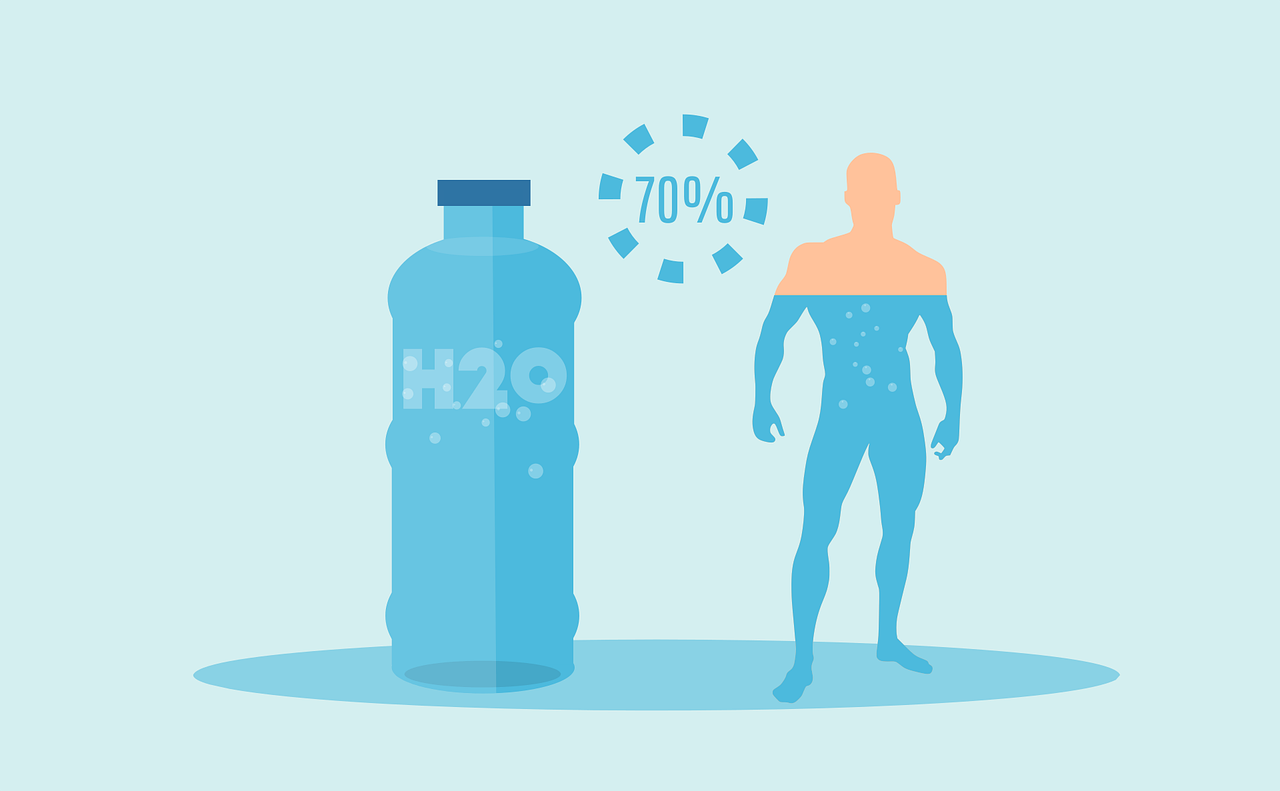We know that what we put in our bodies affects our fitness. For example, we know that if we want great abs, we need to eat plenty of protein. We also know that drinking alcohol can make it harder to stay in great physical shape and that eating certain foods after we exercise can help us reduce inflammation.
But did you know that proper hydration is another way to improve fitness? That’s right. Staying hydrated does not just quench our thirst—it also affects our overall fitness. Read on to learn more.
Benefits of proper hydration
The National Academy of Sports Medicine (NASM) looked into several studies investigating the benefits of proper hydration. In a 2019 article published in American Fitness Magazine, NASM noted that benefits include improved joint lubrication, distribution of nutrients throughout the body, and elimination of excess body heat. It is thought to even help aid weight loss and assist the body in expending energy.
In addition, the American Heart Association (AHA) has pointed out that sufficient hydration makes the heart work more effectively. As the AHA explains, it helps the heart pump blood to the muscles. Once our muscles have enough blood flowing to them, they can do the work we need them to do while we exercise.
The National Institute for Fitness and Sport (NIFS) has found even more fitness-related benefits. Proper hydration can help prevent body aches, lower blood pressure, and reduce cholesterol. Furthermore, it can help the body eliminate toxins and waste more effectively.
Dangers of insufficient hydration
Of course, insufficient hydration can be harmful. For example, insufficient hydration can lead to an increase in blood pressure as well as negative effects on mood, thinking ability, and immunity. The NASM also notes that cancer rates increase in those who are not sufficiently hydrated. Furthermore, the hormone cortisol can be released at higher levels due to insufficient hydration, triggering an overall stress reaction throughout the body.
Other dangers of insufficient hydration include increased rates of type 2 diabetes, kidney disease, obesity, hypertension, dementia, and inflammatory bowel disease. Not only that, but athletes who aren’t properly hydrated can reach their exhaustion points sooner, experience reduced levels of endurance, and exhibit less muscle strength and power. If exercising outside, improper hydration can lead to heat exhaustion and even heat stroke.
How much hydration is enough?
After hearing about the negative effects of insufficient hydration, you might be wondering how to know if you are hydrated enough. There are no fixed rules about how many ounces of liquid each person needs each day because everyone’s body is so different. Furthermore, activity levels vary by person, and how much liquid we need to take in depends in part on how much liquid we expel through either urination or sweat.
That said, you can follow a few guidelines to make sure you are drinking enough. One recommendation is simply to pay attention to your thirst. If you feel thirsty, it’s a good sign you should drink more. However, as the AHA points out, once you’re thirsty, you’re already dehydrated, so a good goal is to try to avoid the sensation of thirst altogether.
Another way to monitor your hydration is to check the color of your urine and pay attention to how often you urinate. According to the NASM, you should be urinating every three hours. If you’re not urinating that often, you likely aren’t drinking enough. Also, the NASM and the AHA both note that urine should be pale yellow. If it’s not, you need to be drinking more water.
Another way to monitor hydration is to monitor your weight. If you weigh yourself before you exercise and then again after, you can see how much fluid you have lost in the process. Both the NASM and the AHA suggest trying this method to avoid dehydration, with the AHA noting that for every pound lost, you should drink a pint of water.

